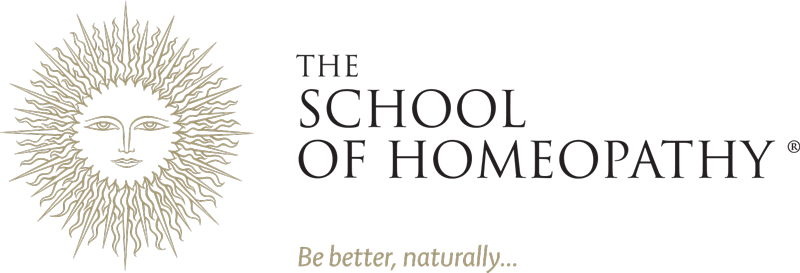Homeopathy UK are committed to patient safety. The Remedy Finder is for reference only. Always consult a medical professional. Remedy Finder content from The School of Homeopathy.
To find a homeopath near you, click here and search using your postcode. You will be able to filter the results to choose a doctor, pharmacist, vet, dentist, nurse or midwife. All the homeopaths listed in our online directory are members of one of the main registering bodies:
Homeopathy UK has a network of charitable clinics around the UK offering low cost face to face and virtual appointments. To find out more or book an appointment, please click here.

Click on a condition to discover the recommended remedies.
- Accidents
- Anxiety
- Assault
- Bites And Stings
- Blood Blisters
- Boils
- Breastfeeding Difficulties
- Broken Bones
- Bruises
- Burns
- Burns
- Chickenpox
- Chilblains
- Cold Sores
- Colds
- Colic
- Constipation
- Coughs
- Croup
- Cuts
- Cystitis
- Dental Treatment
- Diarrhoea
- Earache
- Examination Stress
- Exhaustion
- Eye Inflammation
- Eye Injury
- Eye Strain
- Fear Of Dogs
- Fear Of Flying
- Fear Of Heights
- Flu
- Food Poisoning
- Fractures
- Gastric Flu
- Haemorrhoids
- Hangovers
- Head Injuries
- Headaches
- Hives
- Injuries
- Inoculations
- Jet Lag
- Measles
- Menstrual Problems
- Mouth Ulcers
- Mumps
- Mumps
- Nervous
- Scalds
- Sepsis
- Shock
- Sinus Problems
- Sore Throats
- Splinters
- Sprains And Strains
- Stage Fright
- Stiff Neck
- Stomach Ache
- Styes
- Sunburn
- Sunstroke
- Surgery
- Teething Problems
- Travel Sickness
- Vomiting
- Whiplash
- Wounds
Remedy Finder content originates from The School of Homeopathy.
© Content provided by The School of Homeopathy
© Content provided by The School of Homeopathy

DISCLAIMER: It's important to note that this information is shared for educational purposes. Homeopathic remedies should be taken under the guidance of a qualified homeopath or healthcare professional as the appropriate remedy and dosage can vary based on individual symptoms and characteristics. Please remember that homeopathy and natural remedies are meant to complement conventional medical care, not replace it. Seeking professional advice is essential to ensure the appropriate diagnosis and best treatment plan. By integrating the principles of homeopathy and natural healing approaches individuals can empower themselves to support their wellbeing and strive for optimal health.
